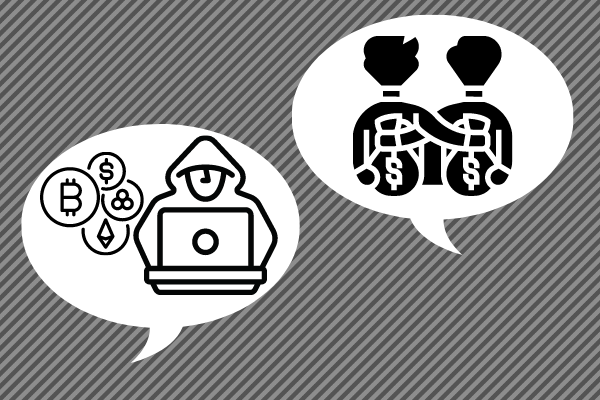
- Recent tightening by the central bank of the Philippines and Singapore demonstrates the urgency with which Asian policymakers need to act in the face of a soaring dollar and rapidly tightening U.S. monetary policy.
- Unless Indian, Thai and Indonesian central banks act decisively, their incremental rate hikes will do little to curb outflows or the continued decline of their currencies.
The widely anticipated 75-basis-points rate hike by the U.S. Federal Reserve this week will place pressure on Asian peers to boost monetary tightening, risking more fund outflows and weaker currencies from Asian trading partners.
Comparing the policy rates of Asia Pacific central bank and their five-year averages, the region is more vulnerable than ever before as spreads widen against U.S. Treasury yields, with the danger increasing for emerging markets like Thailand, one of the epicenters for the 1997 Asian Financial Crisis.
Recent tightening by the central bank of the Philippines and Singapore demonstrates the urgency with which Asian policymakers need to act in the face of a soaring dollar and rapidly tightening U.S. monetary policy.
The result of higher yields in the U.S. and a narrowing of yields versus emerging markets such as Thailand, Indonesia and Malaysia, has seen swift bond outflows from these markets, with American assets and the dollar becoming the beneficiary of these withdrawals.
Pressure is growing on Asian policymakers to normalize benchmark rates with inflation in South Korea soaring to its highest level in 23 years and Thailand seeing prices increase at their fastest pace in 14 years.
But many Asian central bankers are caught in a classic Catch-22 because these economies rely heavily on foreign imports of food and fuel denominated in dollars and raising rates would hurt their domestic economies as well as make exports more expensive.
Unless Indian, Thai and Indonesian central banks act decisively, their incremental rate hikes will do little to curb outflows or the continued decline of their currencies.
Meanwhile Japan and China have stuck to their existing monetary policies, with the Bank of Japan doggedly committed to negative rates and yield-curve control, regardless of the cost to its citizens and the yen while the People’s Bank of China can ill afford to take its foot off the gas pedal as a real estate crisis threatens to engulf the Chinese economy.



